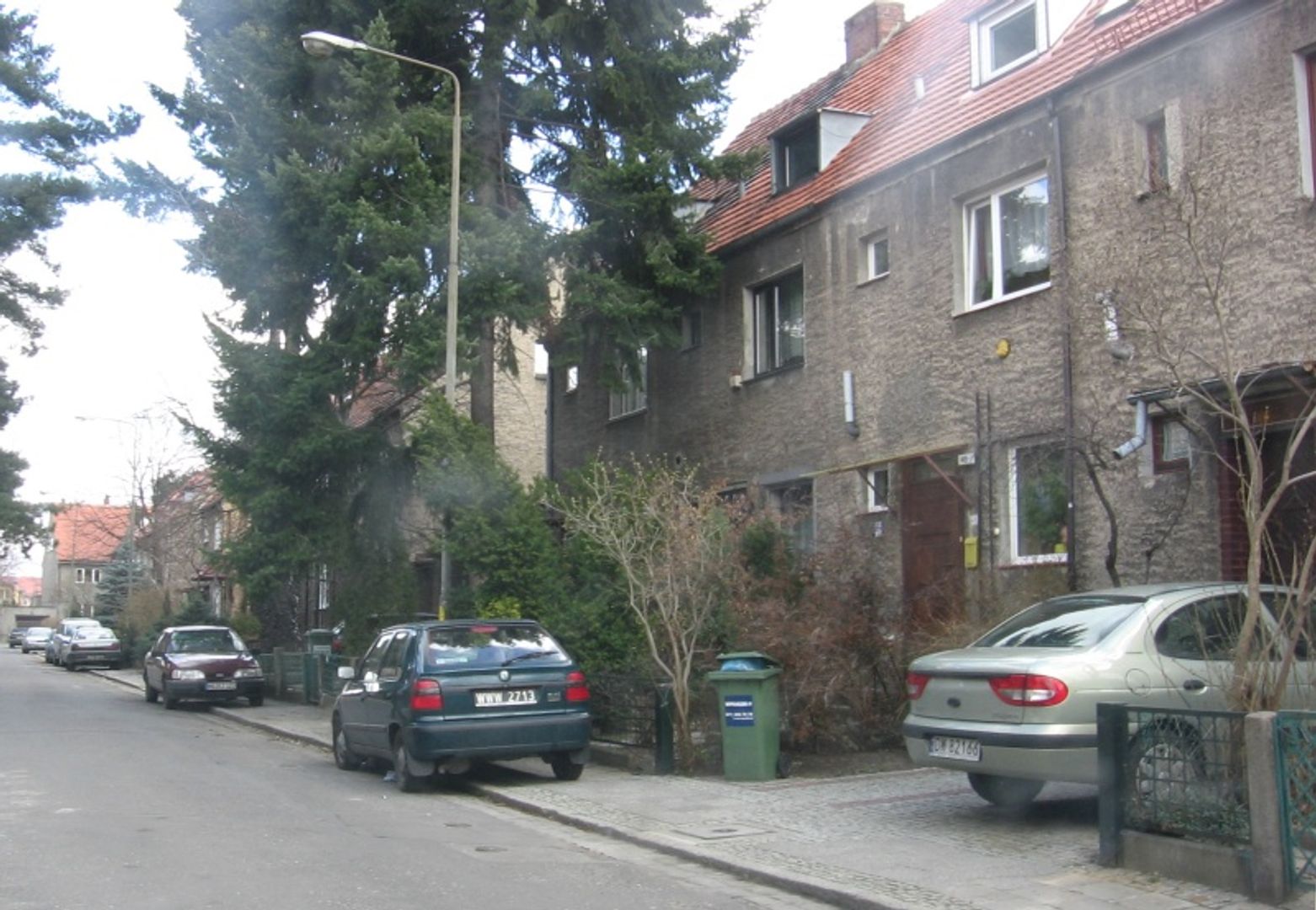Biskupin
6.29

Overview
Biskupin, formerly known as Koczotów, is a district of Wrocław located on the right bank of the Bartoszowicko-Szczytnicki Canal, constructed between 1531 and 1555. The neighborhood borders Dąbie, Sępolno, and Bartoszowice, with its history dating back to the 13th century when the village was documented as Koczotów. The name most likely originates from the nickname "Koczot" (rooster) or from the Polish word "kożuch" (fur coat), according to various theories. In the 17th century, the village had a brickworks and an inn, and in the 18th century, it also featured a garden. In 1794, the German name Bischofswalde (Bishop's Forest) appeared. Biskupin was incorporated into Wrocław in 1928, and the development of the district accelerated in the 1930s with the construction of villas and multi-family housing. During World War II, the area suffered minimal damage, and after the war, the name Biskupin was adopted to emphasize the Slavic heritage of the region. Post-war efforts included the construction of infrastructure, such as housing for university staff and schools. Traces of early 20th-century villa architecture remain, and modern high-rises were built in the 1970s. Biskupin, with its well-developed transportation network, combines recreational areas like the green spaces along the Oder River with local academic life, serving as home to many professors from Wrocław's universities. This district boasts a rich history, where architectural references to various eras and contemporary investments are equally significant.
Location
Tickets
Powered by GetYourGuide
2025 Wizytor | All Rights Reserved